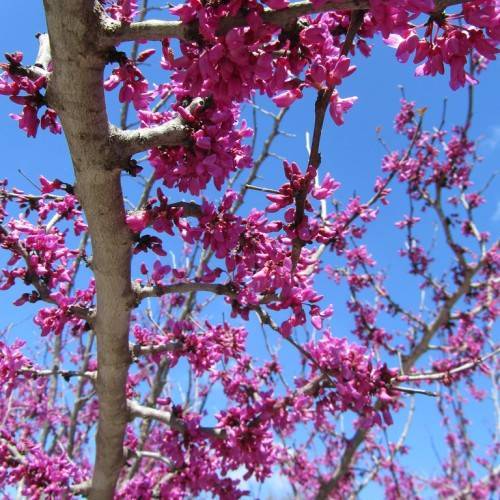
Eastern Redbud
Cercis canadensis var. canadensis
Watering:
Minimal
Hardiness Zone:
Sun:
full sun,part shade
Growth Rate:
Low
Salt Tolerant:
Yes
Care Level:
Medium
watering
Prickly Hornwort (Ceratophyllum echinatum) requires ample water to thrive, but should not be overwatered, as this species is particularly sensitive to excess water. In general, Prickly Hornwort should be watered approximately once a week, although the exact frequency can depend on factors such as the climate, the size of the plant, and the size of its pot. When watering, it is important to make sure that the soil is well drained and that water does not overflow the pot. If necessary, the water can be replenished after a few days if the soil appears to be drying out too quickly. Additionally, it is important to note that Prickly Hornwort should not be exposed to freezing temperatures, so it should be kept indoors during especially cold periods.
sunlight
Prickly Hornwort requires full sun for optimal growth. It should be placed in an area that receives at least 6 hours of direct sunlight each day. In areas with warmer climates, the plant can benefit from full sun all day. In cooler climates, it should receive at least 8 hours of direct sunlight each day. This plant tolerates some shade but may become leggy and require more frequent pinching back to form a compact shape. Prickly Hornwort does best in relatively humid environments, so if placed in a sunny spot outdoors, water it frequently to keep the soil moist.
pruning
For Prickly Hornwort, pruning should be done every 1 to 2 months during its active growing season, usually during late spring and summer when temperatures are warm. Pruning should be done lightly to promote healthy branching and to reduce the plant's overall size if desired. Pruning should involve carefully removing dead or dying branches and dead flower heads to keep the plant looking healthy. If the plant is overgrown, it can be pruned back to the original size or shape desired. With careful pruning, this species can be kept to a smaller size and compact shape.
